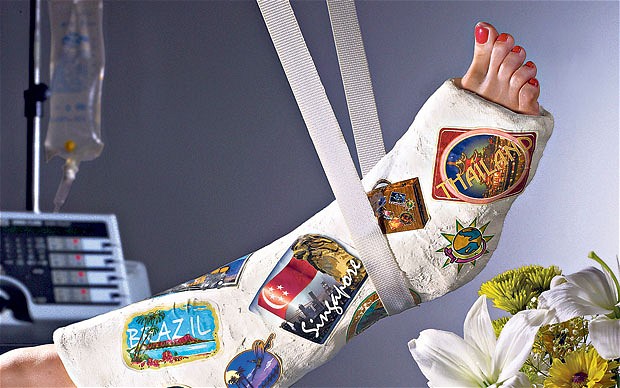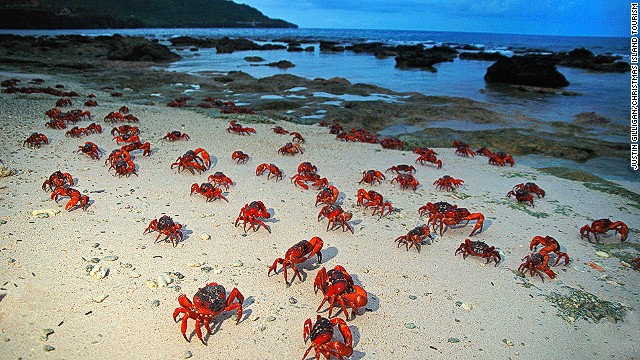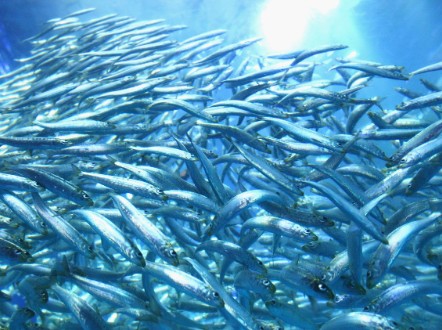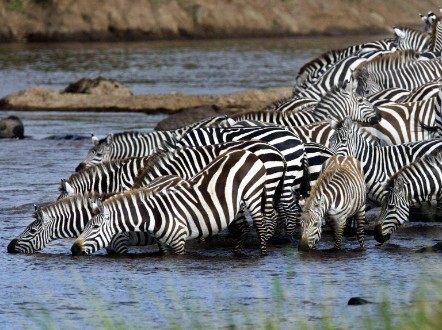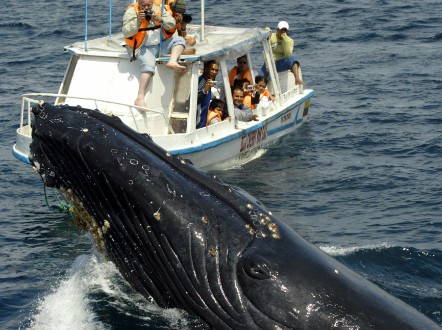New
York and Arizona announced Friday night they are dipping into their
state coffers to pay to reopen the iconic Statue of Liberty and Grand
Canyon, federally operated parks in their states that have been
shuttered as a result of the partial government shutdown.
The announcements by New York Gov. Andrew Cuomo, a Democrat, and Arizona Gov. Jan Brewer, a Republican, come on the same day that the governors of Utah and Colorado said they would use state money to temporarily reopen national parks in their states.
A fifth state, South Dakota, announced Friday that it recruited more than a dozen businesses, civic groups and individuals to donate the $15,200 per day it costs to operate Mount Rushmore. The monument will open Monday.
New York reached an agreement with the Department of Interior to pay $369,000 to pay for operations — run by the National Park Service — from Saturday through Oct. 17.
"As the shutdown continues, we cannot afford to lose the thousands of visits to the park each day," Cuomo said. "So while the dysfunction and gridlock in Washington, D.C., has failed to keep this important state asset open, New York is stepping up to take over this responsibility."
The Grand Canyon National Park will reopen Saturday under the terms of a deal Brewer reached late Friday with federal officials.
The state will pay $651,000, covering a week's worth of costs for reopening the entire park. The money will come from a mix of state and "other" dollars, Brewer spokesman Andrew Wilder said, including funds contributed by Tusayan businesses.
The state of Colorado announced Friday it will spend more than $360,000 to reopen Rocky Mountain National Park through Oct. 20, while Utah will open five of the state's national parks Saturday at a cost of $1.67 million.
The
decision by governors to kick in funds to keep national parks open in
their states came after the Obama administration announced Thursday that
it would allow states to pay to reopen any of the country's 401
National Park Service managed properties.
Utah was the first state to take the administration up on its offer and wired the money to the National Park Service on Friday morning to reopen Arches, Bryce Canyon, Canyonlands, Capitol Reef and Zion National Parks. The state is also paying to reopen the federally operated Natural Bridges and Cedar Breaks national monuments, as well as Glen Canyon National Recreation Area.
The state estimates its national parks would bring in $100 million to Utah's economy in October.
"I was so anxious to do something, because this is a kind of seasonal work for people in Utah," Utah's Republican Gov. Gary Herbert told USA TODAY. "You miss October, it's not like you can make it up in January. It's like missing the Christmas holiday season."
More than 80,000 visitors were turned away from Rocky Mountain National Park during the first 10 days of the shutdown, and the economy lost out on about $4.8 million in visitor spending, according to a report by the Coalition of National Park Service Retirees. Colorado will spend about $40,000 per day to keep the park open. Colorado's tourism traffic also took a hit last month because of devastating floods in the state.
"This reopening is critical to ongoing recovery efforts after last month's flooding," said Colorado Gov. John Hickenlooper, a Democrat.
Utah is using emergency funds from the state's Department of Natural Resources to pay to reopen the national parks, according to Herbert's office. National Park Service workers at Utah parks were alerted to return to work Thursday night and began returning to their posts Friday morning.
Interior Secretary Sally Jewell agreed Thursday to let the states foot the bill to reopen the parks but on the condition that they bring back park service employees and reopen the parks entirely.
"This is a practical and temporary solution that will lessen the pain for some businesses and communities in Colorado during this shutdown," Jewell said in a statement Friday. "We want to reopen all of our national parks as quickly as possible for everyone to enjoy and call on Congress to pass a clean continuing resolution to open the government."
In Utah, the decision to cover the costs — even though it remains uncertain whether the state will be reimbursed by the federal government once the shutdown ends — was an easy one to make considering how big of a blow the closures have been on the state's economy.
Ben Patel, general manager of the Pioneer Lodge near Zion, said the shutdown has dropped his occupancy to less than 50% during a time of year when the lodge is typically fully booked.
"The day they open, the guests will start rolling in. Once word spreads, we'll get people coming in," he said.
Jan Huber, a tourist from Freiburg, Germany, visiting Utah this week, said an open park over the weekend would at least partially make up for a week spent scrambling to find alternatives to the national parks she had planned on visiting.
"We have been so unfortunate; it would be very good to finally get into (a park)," Huber said.
Herbert said the state is prepared to pay for more than 10 days if needed. He expects the federal government will reimburse the state once the government reopens — noting that the federal government repaid states that reopened national parks during the government shutdown in 1995. Rep. Steve Daines, R-Mont., introduced legislation on Friday that calls for reimbursing states for paying for national parks operations once the shutdown ends.
"I hope this is not the new normal," Herbert said of the government shutdown. "I see a lack of leadership, and I think blame can be spread around on both sides of the aisle, and I think the president needs to step up and lead. "
Sullivan reports for The Spectrum of St. George, Utah. Contributing: Trevor Hughes and Mary Jo Pitzl of The Arizona Republic
The announcements by New York Gov. Andrew Cuomo, a Democrat, and Arizona Gov. Jan Brewer, a Republican, come on the same day that the governors of Utah and Colorado said they would use state money to temporarily reopen national parks in their states.
A fifth state, South Dakota, announced Friday that it recruited more than a dozen businesses, civic groups and individuals to donate the $15,200 per day it costs to operate Mount Rushmore. The monument will open Monday.
New York reached an agreement with the Department of Interior to pay $369,000 to pay for operations — run by the National Park Service — from Saturday through Oct. 17.
"As the shutdown continues, we cannot afford to lose the thousands of visits to the park each day," Cuomo said. "So while the dysfunction and gridlock in Washington, D.C., has failed to keep this important state asset open, New York is stepping up to take over this responsibility."
The Grand Canyon National Park will reopen Saturday under the terms of a deal Brewer reached late Friday with federal officials.
The state will pay $651,000, covering a week's worth of costs for reopening the entire park. The money will come from a mix of state and "other" dollars, Brewer spokesman Andrew Wilder said, including funds contributed by Tusayan businesses.
The state of Colorado announced Friday it will spend more than $360,000 to reopen Rocky Mountain National Park through Oct. 20, while Utah will open five of the state's national parks Saturday at a cost of $1.67 million.
Utah was the first state to take the administration up on its offer and wired the money to the National Park Service on Friday morning to reopen Arches, Bryce Canyon, Canyonlands, Capitol Reef and Zion National Parks. The state is also paying to reopen the federally operated Natural Bridges and Cedar Breaks national monuments, as well as Glen Canyon National Recreation Area.
The state estimates its national parks would bring in $100 million to Utah's economy in October.
"I was so anxious to do something, because this is a kind of seasonal work for people in Utah," Utah's Republican Gov. Gary Herbert told USA TODAY. "You miss October, it's not like you can make it up in January. It's like missing the Christmas holiday season."
More than 80,000 visitors were turned away from Rocky Mountain National Park during the first 10 days of the shutdown, and the economy lost out on about $4.8 million in visitor spending, according to a report by the Coalition of National Park Service Retirees. Colorado will spend about $40,000 per day to keep the park open. Colorado's tourism traffic also took a hit last month because of devastating floods in the state.
"This reopening is critical to ongoing recovery efforts after last month's flooding," said Colorado Gov. John Hickenlooper, a Democrat.
Utah is using emergency funds from the state's Department of Natural Resources to pay to reopen the national parks, according to Herbert's office. National Park Service workers at Utah parks were alerted to return to work Thursday night and began returning to their posts Friday morning.
Interior Secretary Sally Jewell agreed Thursday to let the states foot the bill to reopen the parks but on the condition that they bring back park service employees and reopen the parks entirely.
"This is a practical and temporary solution that will lessen the pain for some businesses and communities in Colorado during this shutdown," Jewell said in a statement Friday. "We want to reopen all of our national parks as quickly as possible for everyone to enjoy and call on Congress to pass a clean continuing resolution to open the government."
In Utah, the decision to cover the costs — even though it remains uncertain whether the state will be reimbursed by the federal government once the shutdown ends — was an easy one to make considering how big of a blow the closures have been on the state's economy.
Ben Patel, general manager of the Pioneer Lodge near Zion, said the shutdown has dropped his occupancy to less than 50% during a time of year when the lodge is typically fully booked.
"The day they open, the guests will start rolling in. Once word spreads, we'll get people coming in," he said.
Jan Huber, a tourist from Freiburg, Germany, visiting Utah this week, said an open park over the weekend would at least partially make up for a week spent scrambling to find alternatives to the national parks she had planned on visiting.
"We have been so unfortunate; it would be very good to finally get into (a park)," Huber said.
Herbert said the state is prepared to pay for more than 10 days if needed. He expects the federal government will reimburse the state once the government reopens — noting that the federal government repaid states that reopened national parks during the government shutdown in 1995. Rep. Steve Daines, R-Mont., introduced legislation on Friday that calls for reimbursing states for paying for national parks operations once the shutdown ends.
"I hope this is not the new normal," Herbert said of the government shutdown. "I see a lack of leadership, and I think blame can be spread around on both sides of the aisle, and I think the president needs to step up and lead. "
Sullivan reports for The Spectrum of St. George, Utah. Contributing: Trevor Hughes and Mary Jo Pitzl of The Arizona Republic







